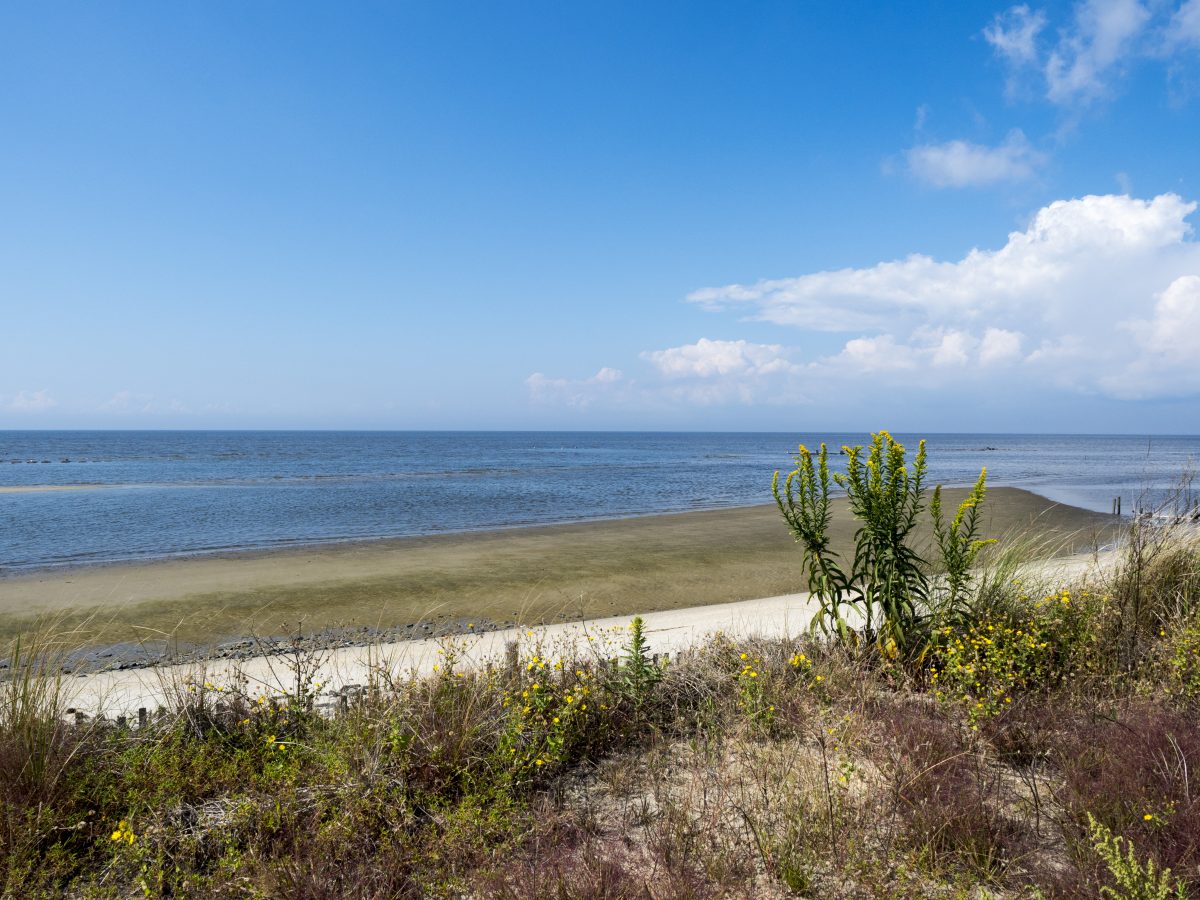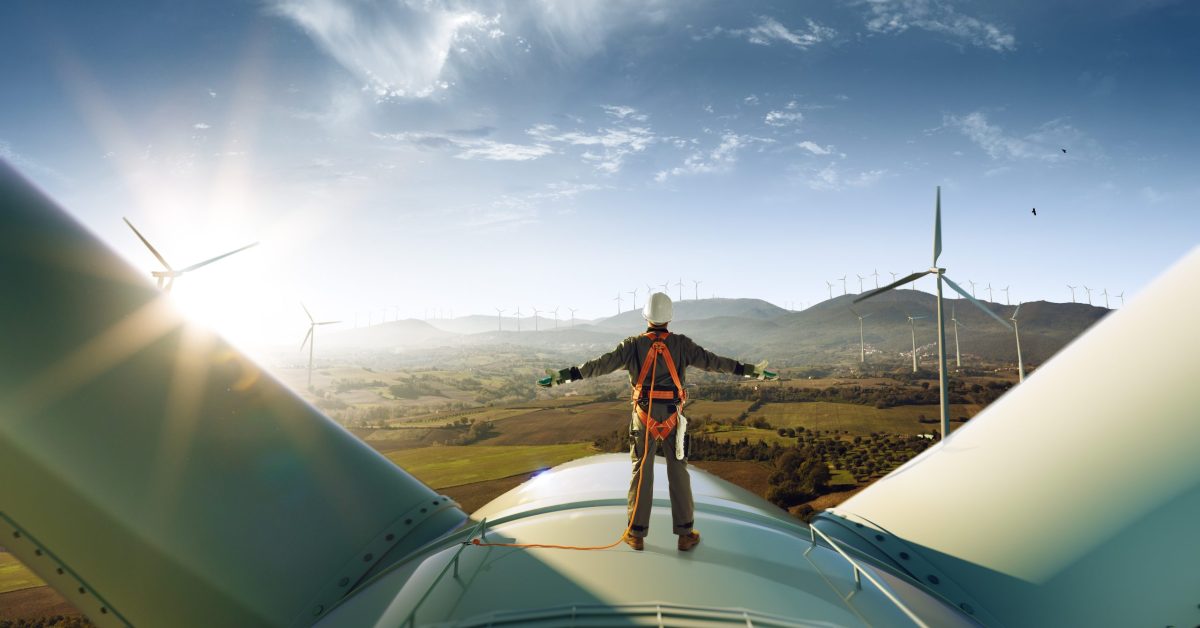Rutgers start-up Queens Carbon will receive $14.5 million in government funding to advance its groundbreaking technology that aims to eliminate carbon emissions from the cement industry.
Cows and Solar Panels? In a New Jersey First, Project Melds Farming With Electricity Generation
By Kitta MacPherson
Federal, state and university officials are inaugurating a research and demonstration project at Rutgers University-New Brunswick with the purpose of advancing a technology that could produce renewable energy while making farms more sustainable.
Combatting Climate Change’s Effects With AI, Nanotechnology and More
Alan Robock, a Distinguished Professor of climate science in the Department of Environmental Sciences at Rutgers, has whittled the essentials of global warming down to 10 words: “It’s real. It’s us. It’s bad. We’re sure. There’s hope.”
A Rutgers Professor Brings Humanities to the Movement for Environmental Justice
By John Chadwick
RCEI affiliate and Professor Jorge Marcone introduces his students to the little-known figures on the front lines of global environmental conflict: Rainforest dwellers in Peru fighting to protect their land from industry. Indigenous and white families in Canada standing up to Big Oil. Women across five countries taking the lead to protect the environment.
Rutgers to Lead $16 Million in Climate Projects Along New Jersey Coast
By Andrew Smith
University researchers to lead green infrastructure, community engagement, K-12 education and planning initiatives as part of a $72.5 million federal grant
Rutgers University Makes Princeton Review’s Top 500 Green Colleges Guide for the First Time
The Princeton Review ranked the Top 50 Green Colleges, plus reported sustainability information from a total of 511 schools. From solar-powered dorms to clean energy career prep, the different ways campus life is going green.
Considerations for COP28
By Lea Cerini
The United Arab Emirates is hosting the 28th UN Climate Change Conference of the Parties (COP28) in Dubai from November 30th to December 12th, 2023. This year, a key focus of discussions will be on the new Global Stocktake.
A Guide to Careers in Sustainability
By Lea Cerini
What makes a job “green”? There are many careers that can be considered green other than the predictable environmental scientist or solar panel installer. As businesses and governments are beginning to prioritize sustainability within their structures, more specialized jobs are becoming available in the job market.
Rutgers Launches Climate and Energy Institute With Wide-Reaching Goals
By Kitta MacPherson
Institute will combine and unify the strengths of three existing institutes on climate, environment and energy research
Sustainability Tracking and Reporting at Rutgers Using AASHE STARS
By Naina Waghray
Rutgers–New Brunswick recently earned a silver rating through AASHE STARS. The Association for the Advancement of Sustainability in Higher Education (AASHE) is an association that was formed to strengthen sustainability efforts on college campuses. The association is well known for its rating system, The Sustainability Tracking, Assessment, and Rating System, better known as STARS.





















